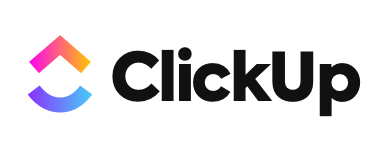How We Help Non-PR Professionals Get Media Coverage With Our AI-Powered PR Tool
Hello! I’m Steve Marcinuk and I co-founded Intelligent Relations in March of 2020. Intelligent Relations is an AI-powered PR platform that allows non-PR professionals to win media coverage and get their stories told.
Our platform includes AI-powered media monitoring, pitch writing, journalist recommendations, and outreach to help clients manage their PR activities the same way they would manage an email marketing or paid search campaign.
Since a key element of PR is targeting the right journalists and publications, we created a proprietary AI technology that determines the most relevant journalists for each client’s story before compiling a personalized database of media targets.
To cover each step of the media outreach process, we also provide PR educational tools, automated pitch writing, campaign analytics, and high-quality PR support.
So far, we’ve seen a fair bit of success. Organic growth has been impressive – we’ve seen an over 100 percent increase in traffic and leads in just over three years of operating. More recently, organic leads have grown by three times over the last six months, indicating strong market interest in AI-led PR strategies. We’ve seen this reflected in our overall growth over the last year,...

Download the report and join our email newsletter packed with business ideas and money-making opportunities, backed by real-life case studies.

Download the report and join our email newsletter packed with business ideas and money-making opportunities, backed by real-life case studies.

Download the report and join our email newsletter packed with business ideas and money-making opportunities, backed by real-life case studies.

Download the report and join our email newsletter packed with business ideas and money-making opportunities, backed by real-life case studies.

Download the report and join our email newsletter packed with business ideas and money-making opportunities, backed by real-life case studies.

Download the report and join our email newsletter packed with business ideas and money-making opportunities, backed by real-life case studies.

Download the report and join our email newsletter packed with business ideas and money-making opportunities, backed by real-life case studies.

Download the report and join our email newsletter packed with business ideas and money-making opportunities, backed by real-life case studies.
















